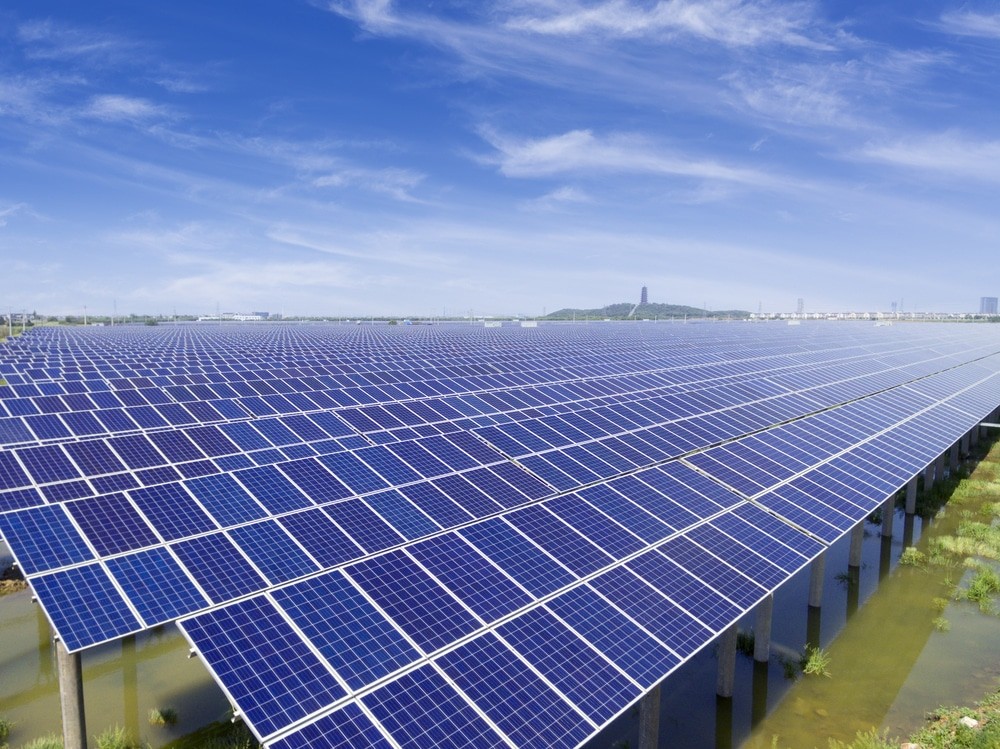Is the Global Supply Chain a Threat to the Indian Solar Industry
In 2023, solar power will be cheaper than ever. The price to install residential solar panels in India has dropped by more than 60% over the last decade, accelerating the expansion of the solar industry in India and commandeering its vision of producing 350GW in renewable energy by 2030. At the same time, the Indian government has also come up with several schemes like its Make in India mission, PLI Scheme, BIS Certification, and ALMM of solar cells to support the country’s initiatives of emerging as a leading global supplier of solar products and meeting its domestic targets.
China has been the undisputed leader in solar PV manufacturing
However, supply chain disruptions threaten to derail the projects, with rising shipping and equipment costs across 56% of global utility-scale solar projects. For a very long time, China has been leading solar PV production and distribution, making this electricity-generating technology affordable in many parts of the world. However, it has also resulted in solar PV supply chain imbalances. As global manufacturing of solar PV cells moved out of Europe, Japan, and the United States and into China, the latter has become a single-handed manufacturer of this innovative technology, a high dependency for all countries who depend on this raw material for the enhancement of their solar capacity.
However, as more and more countries depend on this monopoly to achieve their clean energy transitions, it will further strain supply chains to meet this growing unprecedented demand. To meet the global production capacity of solar panels, China would have to double its existing production capacities, which the current covid pandemic makes obsolete to imagine. This puts countries dependent on China for raw material production in a tough spot as they must accelerate their efforts to reduce emissions while ensuring a solid and concrete foundation for their solar projects.
This demand-supply gap has presented an opportunity for local manufacturers
Based on the country’s Prime Minister’s vision of manufacturing solar PV cells in India, many manufacturers of solar panel systems in India are grappling to bridge the demand-supply gap of the global supply chain and develop necessary equipment at an affordable price for internal and external usage. For a long time, the solar supply chain was dominated by China, but now, many domestic players are looking to scale their production lines, a magnanimous task not without its challenges.
For starters, the raw materials required to build solar PV cells have risen in the last six months, with aluminum going up by 30-40% in the previous 3-4 months. Moreover, the price of silicon and EVA sheets have also increased by 40-50%. Then, the freight cost has also gone up from $800 to $9000 and is not expected to decrease anytime soon. The shortage of containers has made it difficult for domestic manufacturers to import raw materials from China.
A new framework in place will boost domestic manufacturing capacity
Domestic module manufacturing is a coming-of-age technology, but the availability of raw materials is a prime concern for manufacturers. With a competitive and resilient duty regime in place, domestic manufacturers can level the game alongside affordable imports. As of now, solar manufacturing has to be started from scratch. However, to manufacture solar panels, companies need to pay heavy duties on raw materials, which results in higher manufacturing costs. The material prices and transportation prices have hiked, making it challenging for manufacturers to implement a steady framework.
Currently, manufacturers hope that in the upcoming budget, the Basic Customs Duty (BCD) must be imposed, and anti-dumping duty must be removed to protect domestic manufacturers. If not, India’s entire solar energy industry would collapse, and with the rising solar cell prices, manufacturers have no other solution than to reduce their production capacities.
The culprits behind the driving solar panel costs
The global supply chain issues have an alarming impact on Indian manufacturers and have resulted in rising solar panel costs for the first time in years. The two main reasons attributed to this are
- The rise in shipping prices for containers left China, the leader in solar panel manufacturing, by six-fold.
- The key components required in manufacturing solar panels, like polysilicon, have become expensive. Polysilicon production has been hit hard, especially after the pandemic, which has made it challenging for polysilicon miners and refiners to catch up.
This has had an adverse impact on utility companies, where shipping and raw materials account for a chunk of the overall project. As for residential and commercial solar projects, there has been no adverse impact; however, the delay in the shipment has resulted in consumers canceling their purchases and demanding a full refund.
As of now, domestic manufacturers hope the financial budget will turn the tables for them, especially when the country wants to manufacture solar panels internally.







